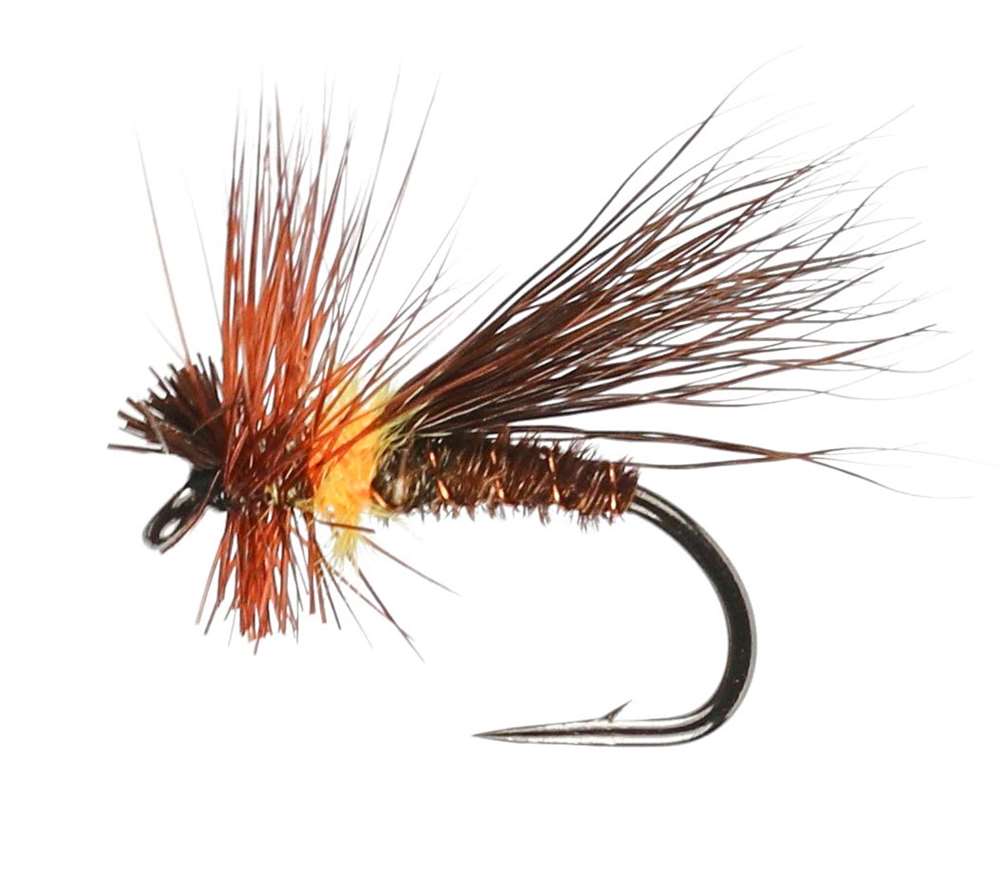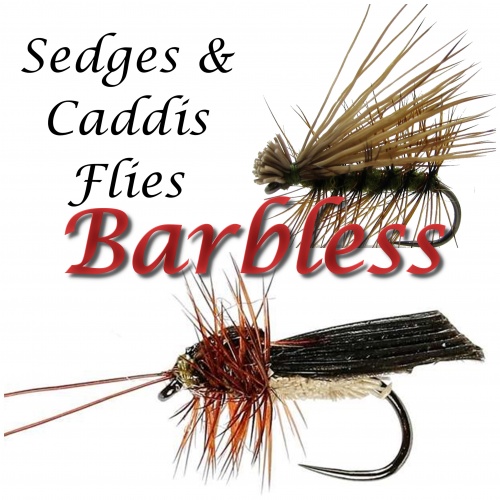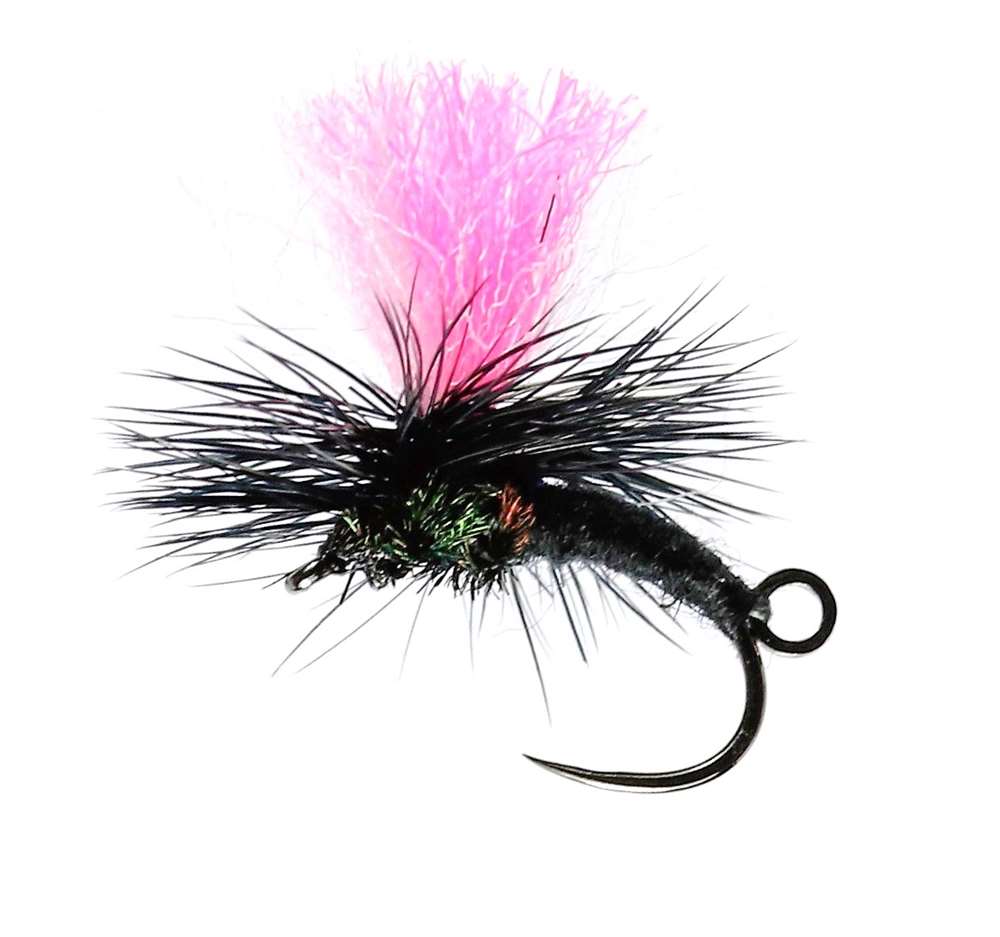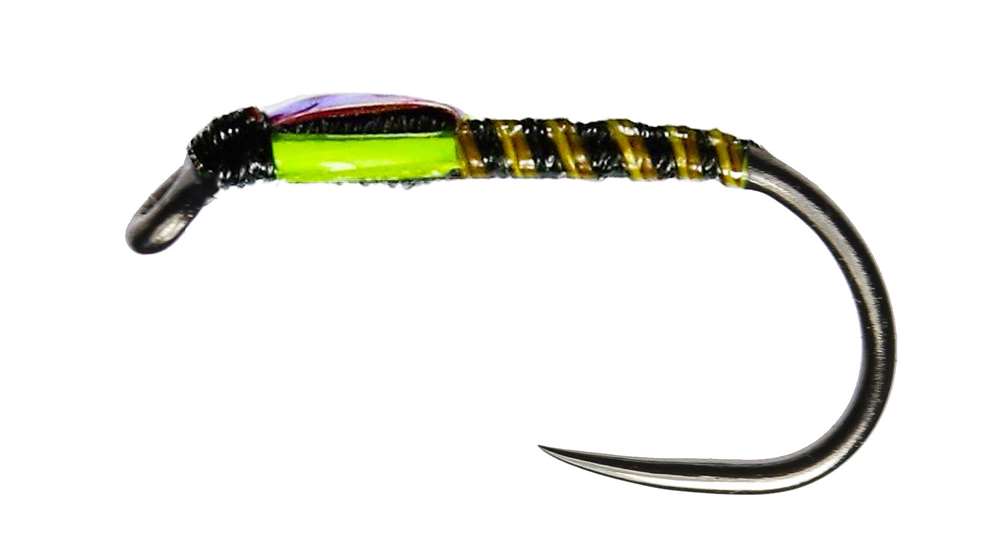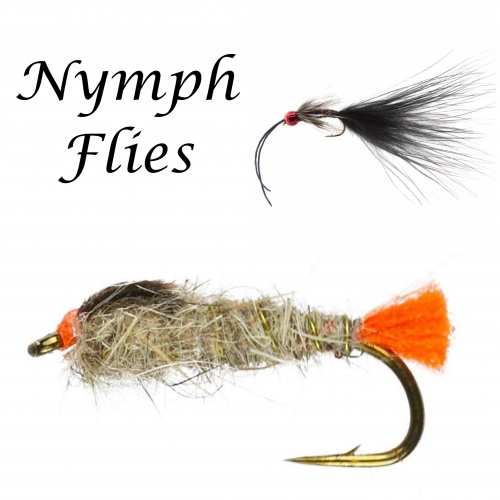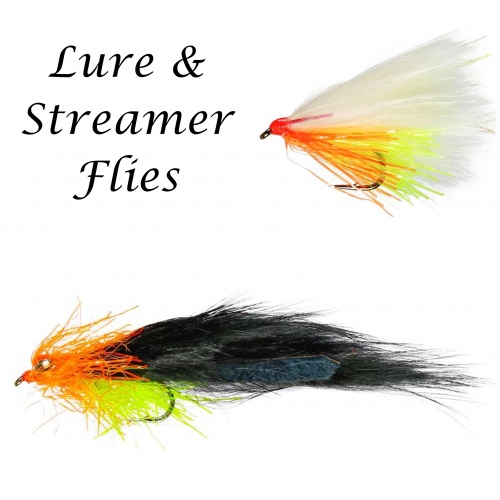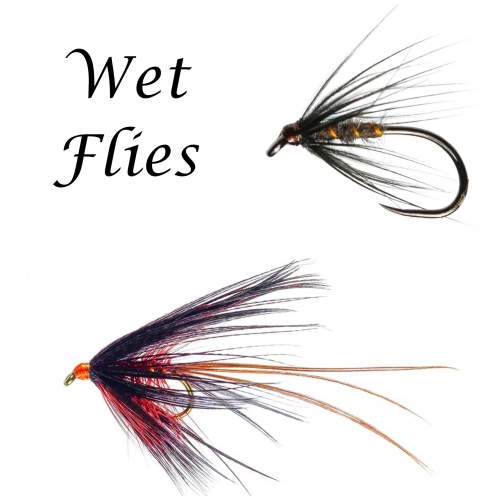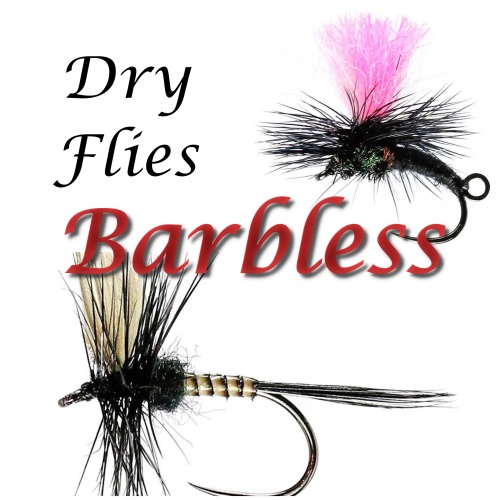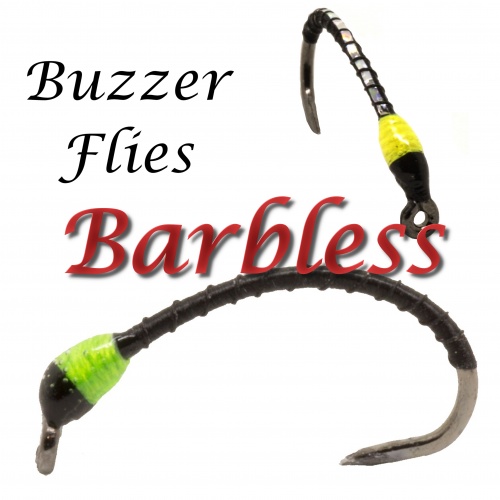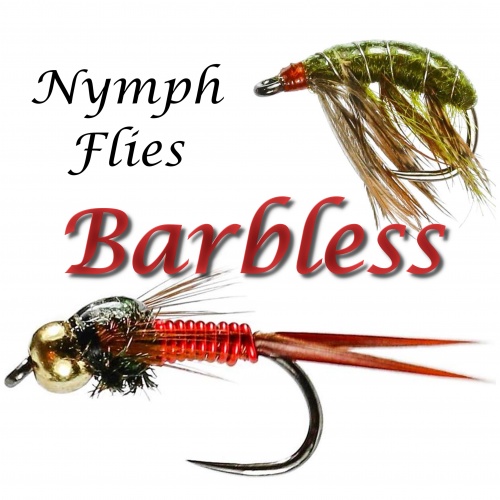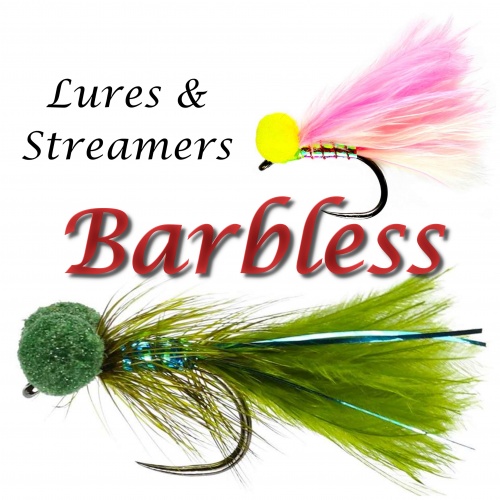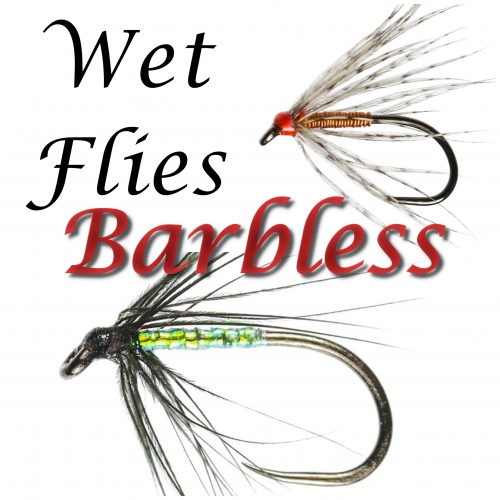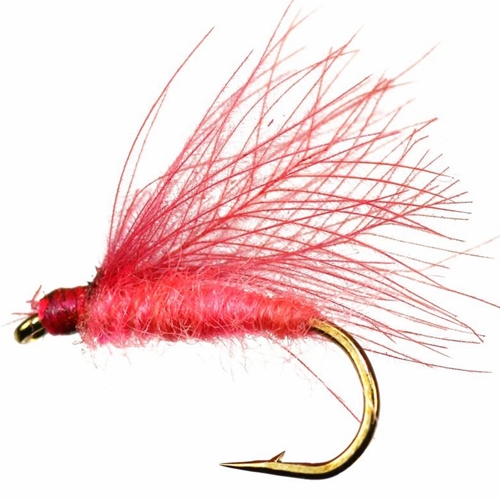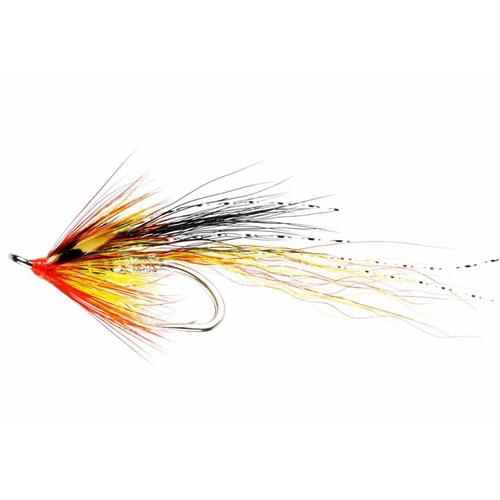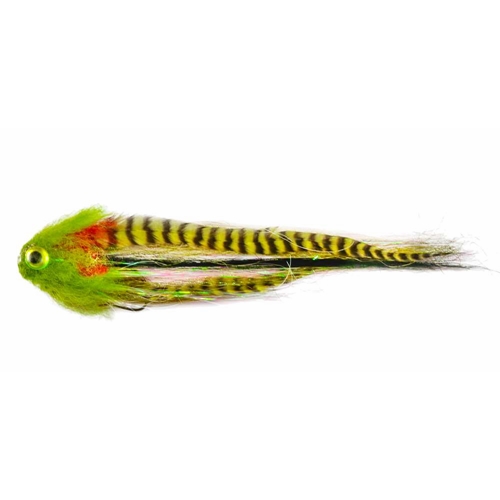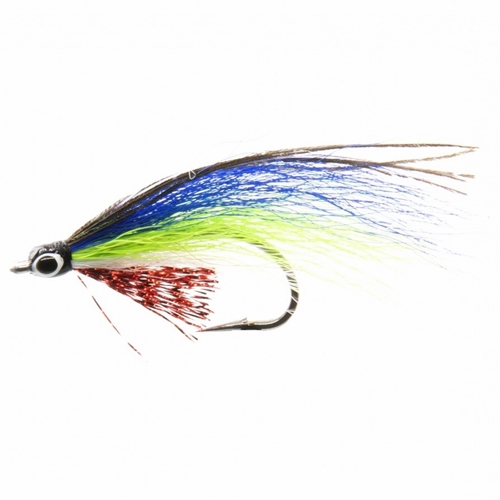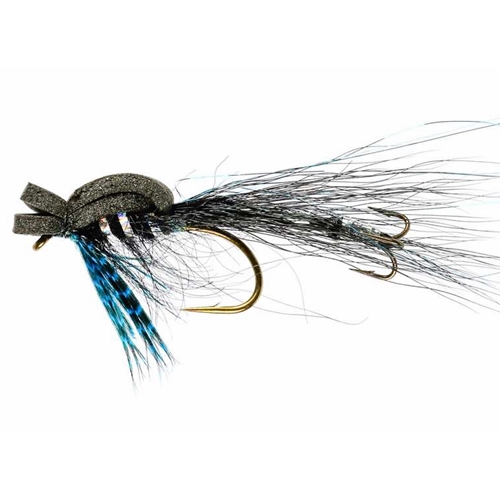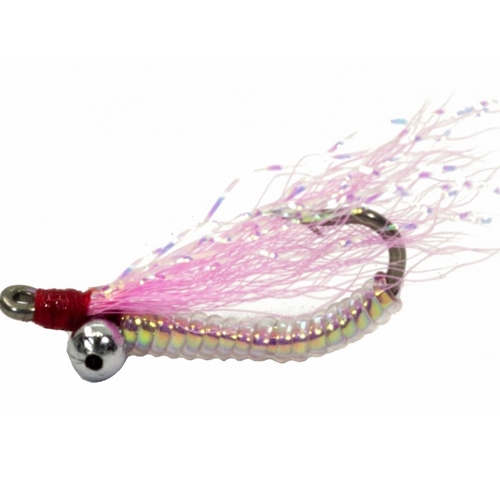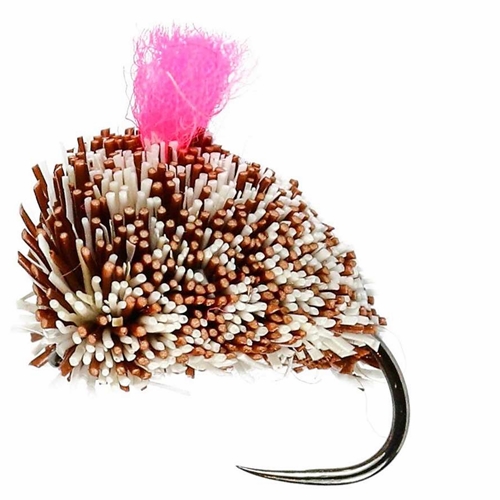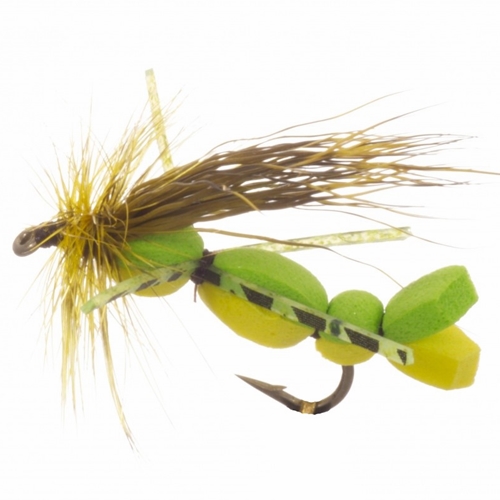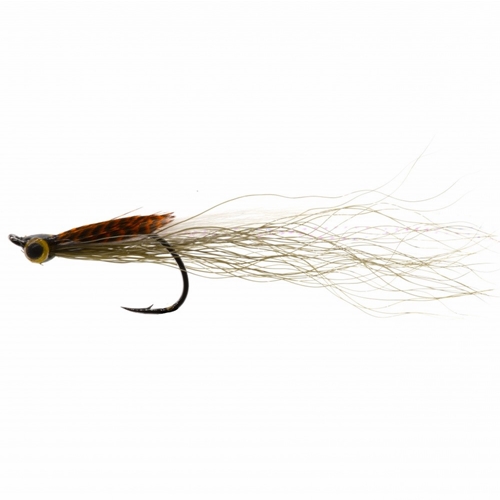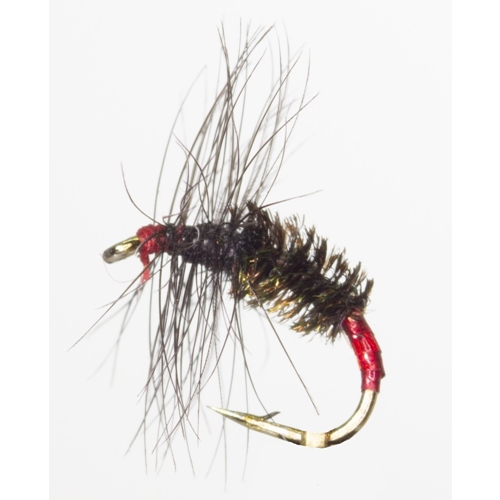Understanding The Caddisfly / Sedge Life-Cycle For Fly Fishing
Understanding The Caddisfly / Sedge Life-Cycle For Fly Fishing
Caddis are part of the Trichoptera group of insects. With over 14,500 species. Trichoptera means hairy wings in ancient Greek. Caddisflies are found in streams, rivers, lakes and ponds. For fly fishermen we are interested in the nymphs which come as cased or caseless caddis. Cased caddis simply gather deutritus around them to create their cases in which they hide and grow with the case providing protection as they move about or cased cassis that live in static cases attached to rocks, wide etc.. Caseless caddis consist of nymphs like Rhyacophilia or Green Sedge nymphs. Caddis are great indicators of water quality as they dislike water polution and often die off in poor quality waters. Mostly nocturnal, the adults hide in vegetation during the hours of daylight and are hard to find. Mating takes place at dusk, either in flight or on vegetation. We often see a them skating across rivers and stillwaters through the year. Over the years there have been many great caddisfly patterns developed, Goddards Caddis and Elk Hair Caddis being two very popular caddis fly patterns. Balloon caddis is a newer pattern with its highly visible hot spot, these are deadly as suspender patterns.

Caddis Nymph
The Caddisflies life-cycle
- female lays eggs on or in the water which hatch in a few weeks
- Eggs hatch into larvae which are long, cylindrical nymphs
- Nymphs build cases (cased caddis), make nets or swim (rhyac). Emerece is univoltine (once per year) with adults of a species emerging once per year.
- Adults emerge with tent like wings and long antenae. Adults often have short lifespan, most being non feeders and equipped only to breed
Hatching often in the evenings sedges are still an important part of the trout's diet as they are eaten as both pupa and the adult flies, providing a substantial meal for trout on rivers and on stillwaters. Many anglers forget the importance of this fly as they fish it at night as light is fading. They range from very small flies to the huge large red sedge Sandy & I saw in Scotland. Often trout will be zooming below the surface hitting the pupa as they come to the surface to emerge and we will be trying buzzers forgetting that there are many other flies that emerge, caddis being one of the important flies to consider and imitate.

Emerging Caddis
Hatching caddis often scuttle across the surface of he water drying their wings trying to get airborne. It is this that is imitated with the jerk and pause retrieves. Imagine the speed of the sedge on the water, that is what you must imitate.
Caddis Fly Hatches For Fly Fishermen
Different caddis hatch at different times of year as follows (for South and South East England):
- Grannom hatches are March to April
- Sandfly hatches are May and again August to 3rd week of October
- Cinnamon Sedge hatches June and July
- Welshmans Button hatches June to 3rd week October

Adult Caddis
